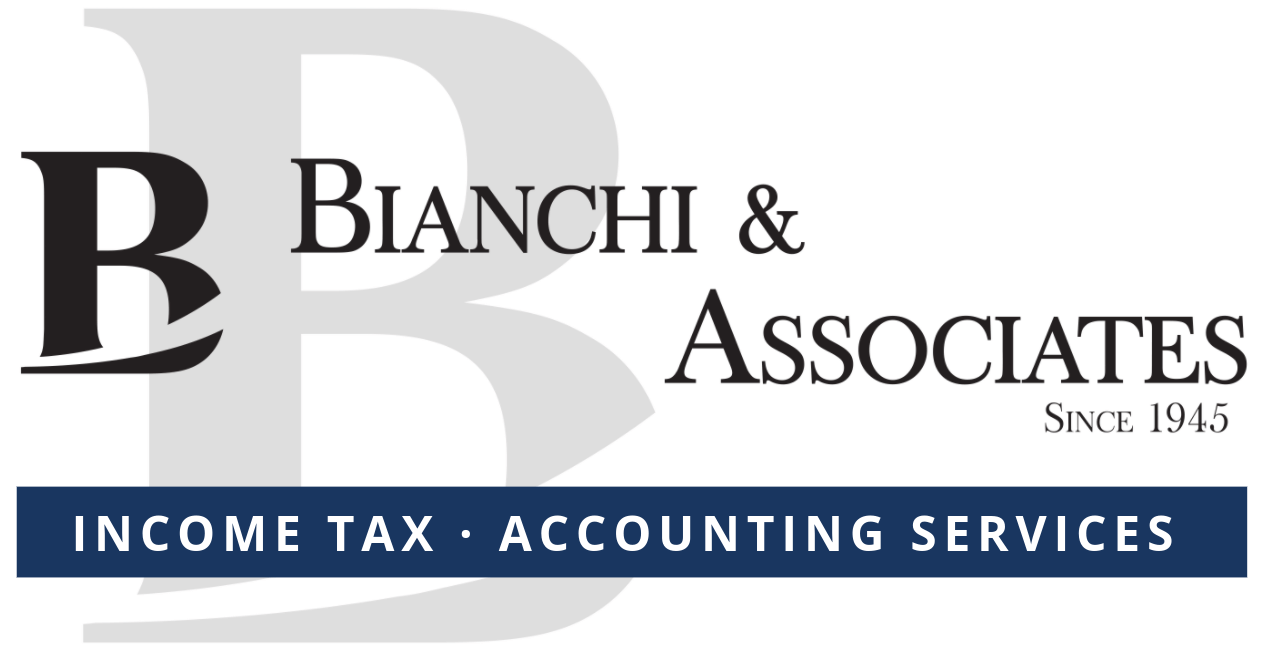It’s no surprise that millions of Americans experienced massive losses due to the effects of the COVID-19 pandemic. Besides being a health risk for individual workers and common citizens, the pandemic’s impact on the economy led to businesses and whole industries shutting down. Thankfully, the United States Congress, spearheaded by POTUS Joe Biden, enacted the American Rescue Plan (ARPA) act of 2021.
Tax Changes in the American Rescue Plan Act (ARPA)
ARPA will function as a COVID-19 stimulus package to alleviate the situation of many Americans during this ongoing recession. It’s a continuation of the CARES Act to allow extended unemployment benefits and other forms of financial relief. Since it covers different taxpayer brackets, it’s important to check if you qualify in its various clauses.
In this article, we’ll share four tax credit policies affected by the American Rescue Plan Act of 2021.
1. Childless Earned Income Tax Credit (EITC) Expansion
Childless workers and couples are eligible for the Earned Income Tax Credit (EITC), which acts as a fully refundable tax benefit. This caters to low- and moderate-income workers since the maximum credit are now available to young workers and senior citizens.
The maximum EITC with no dependents is 1,502 dollars, almost triple from its 538-dollar value in 2020. Workers at least 19 years of age are eligible for this benefit, an adjustment from the limitation before of individuals between the ages of 25 and 64 only.
2. Child and Dependent Care Credit Increase
This policy increases the dollar amount of eligible expenses for child and dependent care. This allows eligible families to claim the qualifying child and dependent care expenses of over eight thousand dollars per qualifying individual. This means the maximum upper limit for 50 percent of qualifying expenses is set at four thousand for one child and eight thousand for two or more dependents.
It’s important to work out the credit percentage a person will be eligible to. As a general rule, people with higher income will get a lower credit percentage. It’s best to work these computations with a credible accountant to estimate the amount of credit you’ll receive.
3. Dependent Care Flexible Spending Account (FSA) Increase
Besides individual workers and families, ARPA aims to influence employer-provided dependent care benefits. From the initial amount of five thousand dollars, it’s now set to 10,500 dollars. This means employees are eligible to set aside this much in their dependent care Flexible Spending Account (FSA). However, this benefit will only be accessible if an employer willingly adopts this change. It’s ideal to contact your HR or employer directly regarding these concerns.
4. Child Tax Credit Expansion
Seventeen-year-old dependents can apply for the Child Tax Credit to have access to a fully refundable tax credit in advance during the last half of 2021. Families can get the credit even if they do not have a source of income from a job or other sources. ARPA’s new guidelines allow a credit of over three thousand dollars per eligible child, with dependents aged five and under for a 3,600 benefit.
Conclusion
Although the provisions above are in effect by the time of this article’s writing, there’s no telling how economic shifts and social conditions can affect these policies. For these reasons, it’s necessary to always pay attention to local news updates and industry experts for any updates. While it’s helpful to keep an eye out for yourself, it’s generally better to find a reliable accountant to assist you with these matters.
If you’re looking for a reliable tax accountant in Rochester, NY, you’re in the right place. At Bianche & Associates, we can serve as your go-to partner for accounting, bookkeeping, and tax filing needs. Contact us today at (585) 254-4485 and we’ll handle your financial concerns!
